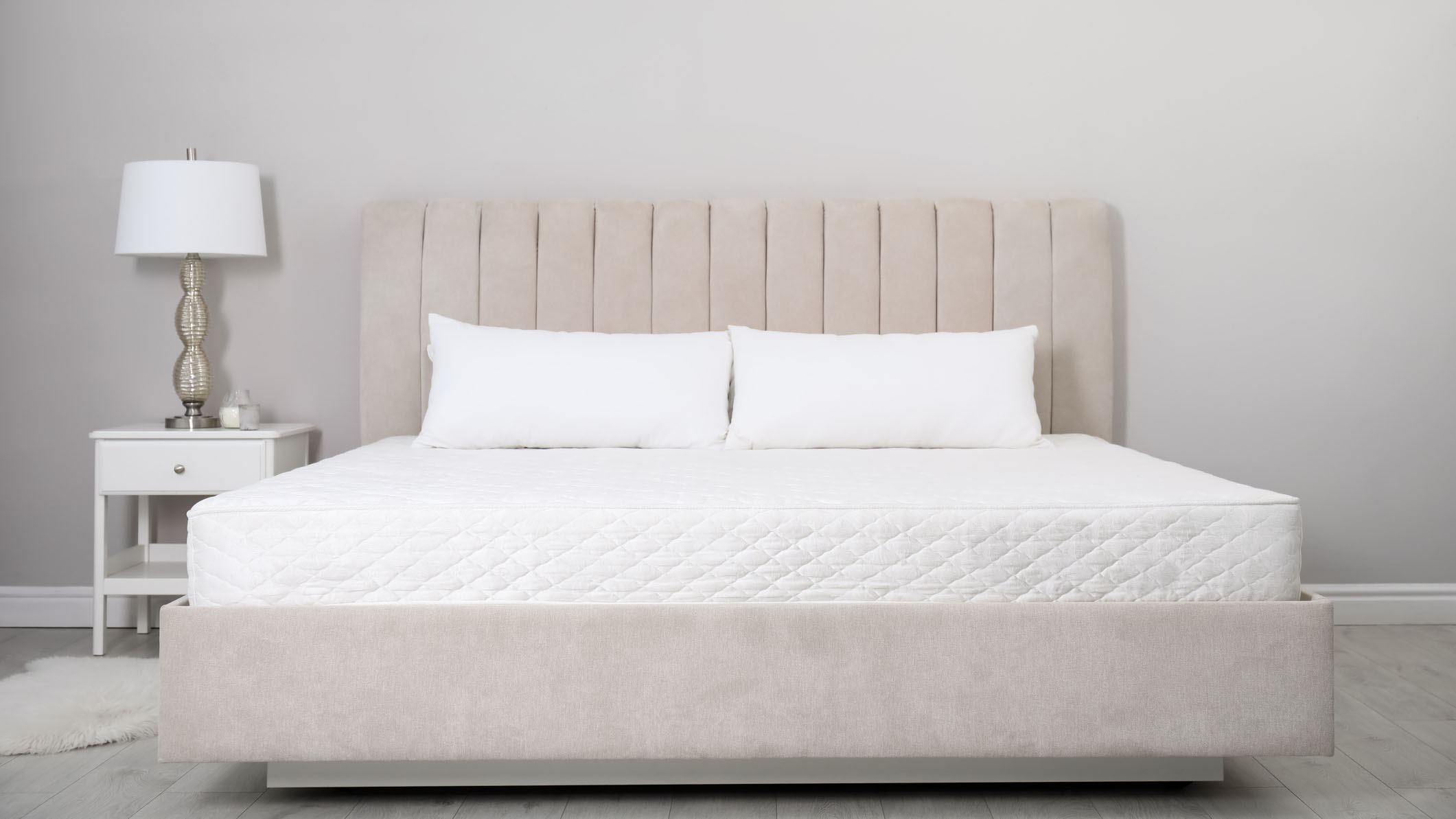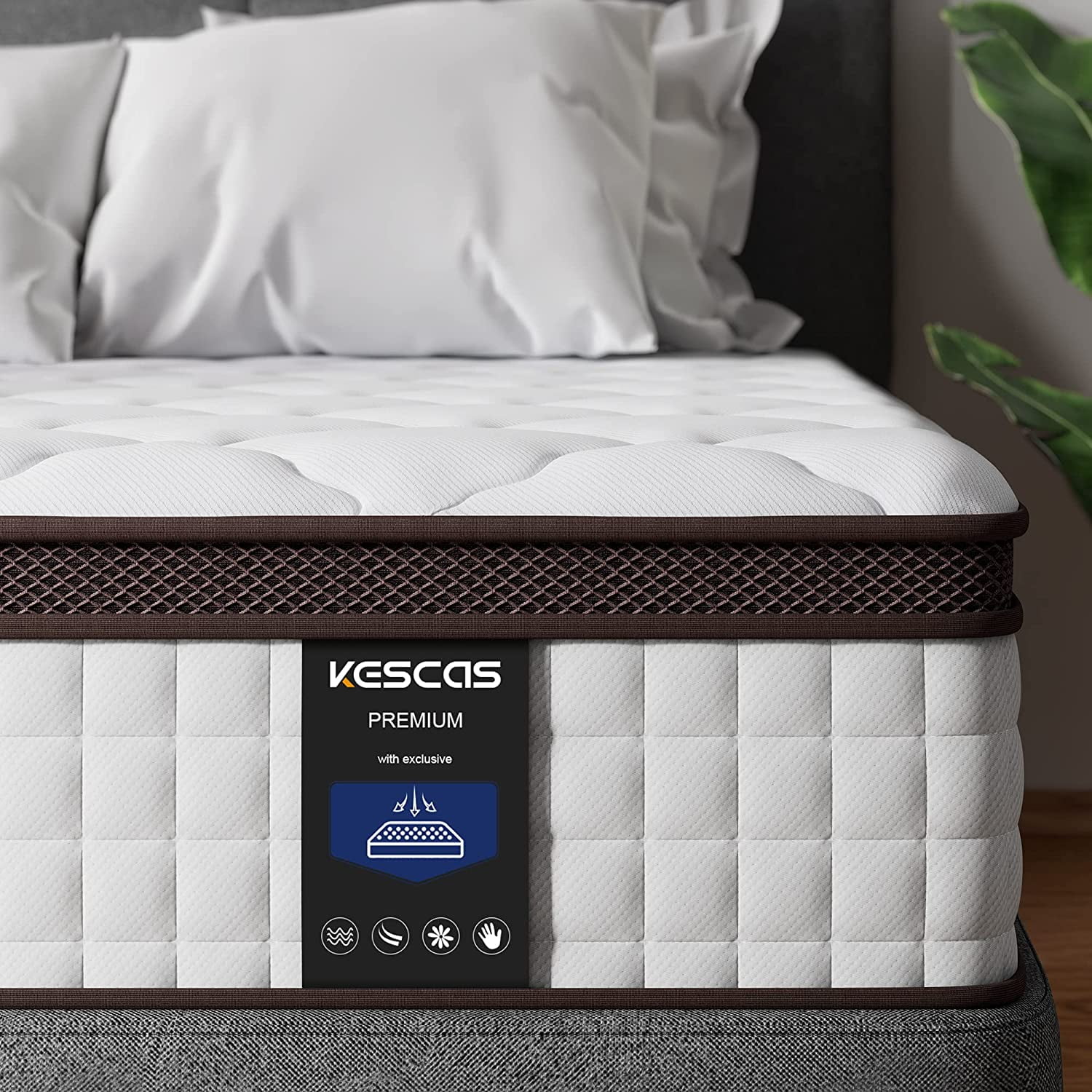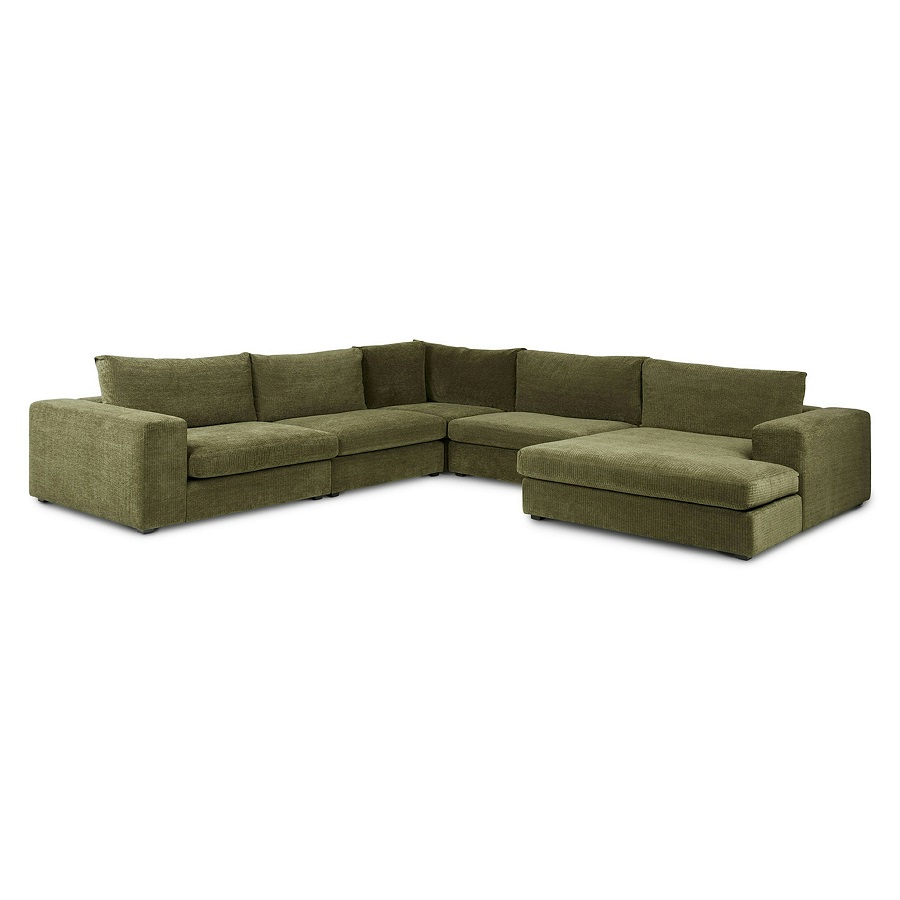Introduction: The Casper Mattress Phenomenon
In recent years, Casper has emerged as a leading disruptor in the mattress industry, leveraging the power of e-commerce to deliver high-quality, comfortable mattresses directly to consumers’ doorsteps. Their innovative bed-in-a-box concept and commitment to customer satisfaction have garnered significant attention and praise. However, with this rise to fame, concerns have been raised about the potential use of fiberglass in their mattresses, sparking debates and misinformation across online forums and social media platforms. This article aims to separate fact from fiction surrounding Casper mattresses and the issue of fiberglass, delving into the materials used, addressing consumer concerns, and exploring the truth behind these claims.

Understanding Fiberglass in Mattresses: A Background
Fiberglass is a common material used for insulation and reinforcement in various products, including home appliances, electronics, and even some types of insulation for mattresses. It consists of extremely fine glass fibers that, when disturbed, can become airborne and potentially irritate skin, eyes, and respiratory systems if inhaled. Concerns around fiberglass in mattresses stem from the risk of these fibers escaping the outer fabric layer due to wear and tear, accidental cuts, or removal of the cover without proper precautions.
Casper’s Material Disclosure and Transparency
Casper, like many reputable mattress manufacturers, has faced scrutiny over its materials, particularly regarding the presence of fiberglass. The company has been proactive in addressing these concerns, clarifying that their current mattress models do not contain raw fiberglass as a component. Instead, they utilize a flame-retardant sock made of silica and other non-hazardous materials to meet safety standards without resorting to traditional fiberglass batting. This approach underscores Casper’s commitment to transparency and consumer safety.

Rumors and Misconceptions Debunked
A significant portion of the confusion surrounding fiberglass in Casper mattresses stems from isolated incidents and misconceptions. Some customers have reported finding what they believed to be fiberglass shards upon unboxing or handling their mattresses, leading to online speculation. However, these instances are more likely the result of misidentification or misunderstanding. The materials used in Casper’s flame-retardant barrier may resemble fiberglass visually but are, in fact, harmless and non-toxic alternatives. It’s crucial to differentiate verified information from anecdotal evidence, which can quickly spiral into misinformation.
Addressing Customer Safety Concerns
Recognizing the anxiety that these rumors can cause, Casper has taken steps to alleviate customer fears. They emphasize clear communication about their materials and manufacturing processes, offering detailed explanations on their website and customer service interactions. Furthermore, Casper provides guidelines for safe handling of their mattresses, including instructions to avoid cutting into the mattress or removing any protective layers without the necessary knowledge or tools. These precautions not only apply to Casper but are good practices when dealing with any mattress to prevent damage and maintain product integrity.

The Importance of Third-Party Certifications
To further bolster consumer confidence, Casper mattresses undergo rigorous testing and receive certifications from reputable third-party organizations. CertiPUR-US certification, for instance, verifies that the foam used in their mattresses is free from harmful substances like ozone depleters, heavy metals, and certain flame retardants. Similarly, Greenguard Gold certification ensures low chemical emissions for indoor air quality, giving peace of mind to customers concerned about off-gassing and potential health impacts. These certifications serve as objective proof of Casper’s dedication to producing safe and high-quality products.
Comparative Analysis: Casper vs. Competitors
In the context of the broader mattress market, it’s worth noting that the use of fiberglass or alternative flame-retardant materials is not unique to Casper. Many mattress manufacturers face similar challenges in balancing fire safety requirements with consumer preferences for natural and non-toxic materials. Casper stands out by actively seeking and implementing innovative solutions that prioritize customer health without compromising safety standards. Comparatively, some competitors may still rely on conventional fiberglass barriers, highlighting Casper’s proactive stance in adopting safer alternatives.

Customer Feedback and Real-World Experiences
While there have been isolated incidents and misunderstandings, the overwhelming majority of Casper customers report positive experiences with no issues related to fiberglass. Online reviews and testimonials often praise the comfort, support, and overall quality of Casper mattresses. It’s important to consider these real-world experiences alongside any negative claims, as they provide a more balanced perspective on the typical user experience.
Moving Forward: Innovation and Responsibility
Casper’s response to the fiberglass debate underscores a broader commitment within the company to listen to customer feedback and continuously improve their products. As materials science advances and consumer preferences evolve, Casper is likely to stay at the forefront, exploring even more eco-friendly and health-conscious solutions. This drive for innovation not only benefits their customers but also sets a higher standard for the entire mattress industry, pushing competitors to follow suit in prioritizing safety and sustainability.
Innovative Materials Research and Development
Recognizing the importance of sustainable and safe materials, Casper invests significantly in research and development to identify and integrate new materials into their products. This includes exploring natural and renewable resources for flame retardancy, such as plant-based alternatives or novel fiber blends that maintain fire safety standards without the use of synthetic chemicals or fiberglass. By collaborating with material scientists, researchers, and suppliers, Casper aims to pioneer materials that strike the optimal balance between environmental impact, human health, and product performance.

Transparency and Education
Transparency is another key aspect of Casper’s approach to customer trust. The company provides detailed information about the materials used in their mattresses and the certifications they hold, enabling consumers to make informed decisions. Casper also engages in educational initiatives to help customers understand the complexities of mattress manufacturing, including fire safety regulations and the implications of different materials choices. This open communication fosters a deeper understanding among consumers and empowers them to prioritize health and sustainability when choosing a mattress.
Community Engagement and Responsibility
Casper recognizes its role in shaping industry practices and consumer expectations. Through community outreach programs and partnerships, the company promotes responsible consumption and waste reduction, encouraging customers to recycle their old mattresses responsibly. Casper has also shown a commitment to social responsibility by supporting initiatives that align with their values, such as promoting sleep health education and donating mattresses to those in need.
Conclusion: Separating Fact from Fiction in Favor of Restful Sleep
In conclusion, the narrative surrounding Casper mattresses and the alleged use of fiberglass contains elements of both misinformation and valid concerns. Through transparent communication, adherence to strict safety standards, and a commitment to continuous improvement, Casper has effectively addressed these concerns. The facts point to a company dedicated to providing safe, high-quality sleep solutions without compromising on comfort or innovation. As consumers navigate the complex world of mattress shopping, a nuanced understanding of materials, certifications, and customer experiences is essential for making informed decisions that lead to restful nights and peace of mind.










